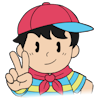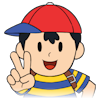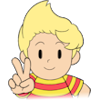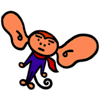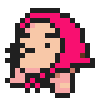Musicians & Artists of MOTHER 3 N64
by: Snowwood on 4/27/2021
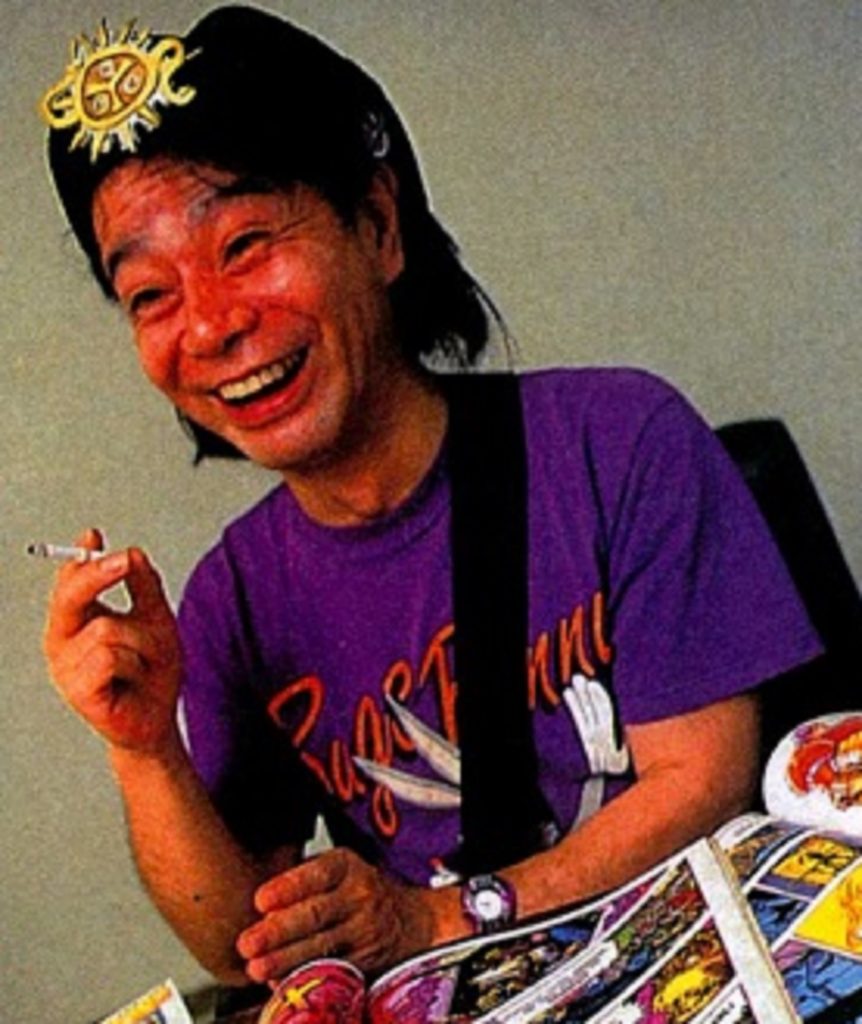
When MOTHER 64 began development, the same team was carried over from MOTHER 2 except for a few key people. One might immediately suspect that this new entry on the N64 got a new art director due to it’s seemingly different visual style, however that could not be further from the truth!
What most MOTHER fans may not realize is that MOTHER 64 brought back the original art director from the first game on the Famicom – that person being none other than Benimaru Itoh! When the second game began development, Itoh was unavailable and thus was replaced by Kouichi Ooyama. Itoh nonetheless still had some influence with the visual style he established, and created the MOTHER 2 manga that was released alongside the game. When the third game began development however, Itoh was once again open to commit to the project and was hired as MOTHER 64’s lead art director!
When speaking about the art direction of MOTHER 64, Benimaru Itoh stated with Nintendo of America, “…the art style has changed drastically. So, I think people who played the previous games may feel quite uncomfortable at first.” In another interview from April 1997 featuring Shigesato Itoi himself, Itoi elaborated on why the art style had changed, “Now, each character has a completely different face, so it’s easy to recognize who it is when you see them.”
The visual evolution of MOTHER 64 can be seen even when comparing the early promotional images from Spaceworld 1996 to the final batch of screenshots. Most evident in the main cast itself! Lucas, who originally was brunette sporting a colourful poncho underwent a complete redesign in June of 1997 – now being blonde with a blue fanny pack. In designing the character of Lucas, Itoh told Dengeki Nintendo 64:
“The protagonist we’ve had since the beginning has changed appearance many times. His character seemed to change every day. Lucas really came to life as a response to the world around him.”
He further elaborated on the character’s evolution with Nintendo of America, who asked about his new design at E3 1997, “The previous Lucas looked a lot like me…so all the staff shouted, “No!” Especially Shigesato Itoi in particular who shouted, “No!” So he requested I redesign the main character to something more straightforward. Thus, I completely redesigned him.”
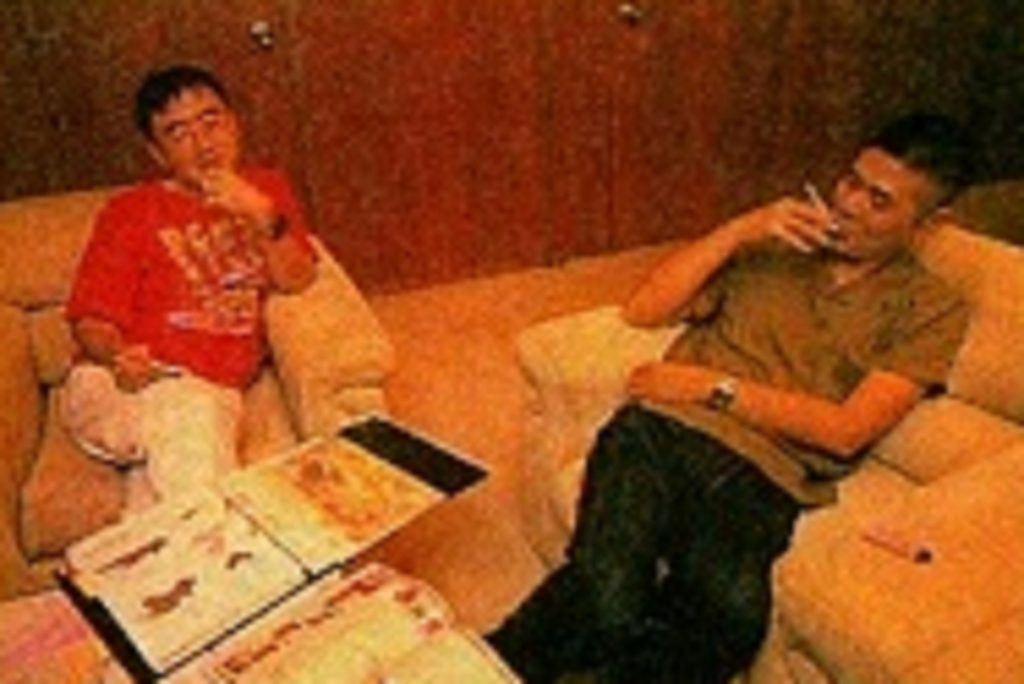
While Itoh was the lead art director for the game in terms of its characters and environments, someone else was recruited to design the game’s many creatures. Toshinao Aoki, who was known at the time for his work on the Japanese animated show “Ugo Ugo Ruga” was hired for this task! Itoi granted Aoki complete creative freedom in creating whatever monsters he wanted for the game, as there was no plan for previous enemies in the MOTHER series to appear.
In designing his monsters, Aoki described, “…Benimaru-san (Lead Art Director, Benimaru Itoh) himself is in charge of the game’s locations. Without a location, it’s difficult to visualize what the enemies might be. Once I have some simple background details, then I start trying to draw the enemy.”
More enemies were slated to appear than in the previous game, MOTHER 2. Not every creature was slated to be hostile, though! As Aoki also designed other friendly creatures that were going to appear in the game, such as Yottore-san themselves. Shigesato Itoi later reflected on Toshinao Aoki’s involvement with the game in 2015 to Nintendo Dream, “…Toshinao Aoki, who participated in the N64 version of MOTHER 3, really matched well with the ‘MOTHER’ inside me.”
While the visuals of the MOTHER series up until this point had been one of the more critical standpoints with critics, the music had been unanimously praised. This of course was due to the marvelous work of Keiichi Suzuki and Hirokazu Tanaka. Alas, Tanaka could not commit to MOTHER 64 due to contractual obligations with Creatures (formerly APE) to compose music for the Pokémon anime. Due to his lack of involvement, Suzuki didn’t feel compelled to return to the series without Tanaka by his side. Thus, the search for a new composer and sound programmer began!
It was on November 12th, 1996 that Itoi appointed a new hire at HAL, Shogo Sakai as the game’s composer. Along with him, Takuto Kitsuta replaced Hirokazu Tanaka as MOTHER 64’s sound programmer. Shogo Sakai often listened to MOTHER 2’s soundtrack for inspiration, and was given nearly complete creative freedom by Itoi.
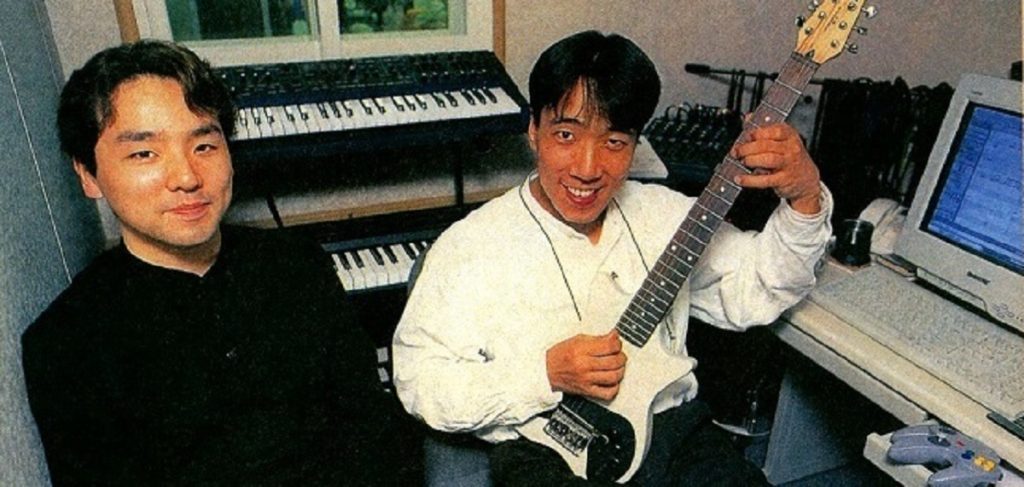
“(MOTHER 64) has a refreshing kind of atmosphere with it’s music, I think. I’m a little nervous myself, as I intended to give strong first impressions. But that’s why it has such a refreshing sound.”
Although Sakai was given a lot of freedom and wanted to go wild with the music, there were a few instances where he felt constrained. One of these was in composing the game’s main theme (later revealed in his MOTHER 3i notes to be “His Highness’ Theme”).
“This is the only song Itoi-san himself took part in. I was asked to create a ‘strong sounding’ song, and I think I did a good job creating that. It gives off a poisonous feeling, like a ruling fist. It has a very alternative style, like a military song.”
In relation to the game’s main theme, Sakai admitted to incorporating this melody all across his soundtrack, “I arranged it and put this jingle wherever I could. While the melody itself stays the same, the arrangement itself changes so it feels like a completely different song. While it may be the same song, I think it’ll be hard for the player to notice.”
On the other hand, Sakai’s second restraint with the music was anything with a “techno or mechanical” sound. He admitted that he wasn’t very good at emulating such sounds himself, so he left it to Kitsuta to create the music for these certain scenarios. Otherwise, Kitsuta’s role was programming Sakai’s compositions onto the Nintendo 64. Sakai was really happy with how he translated his music, praising Kitsuta: “Kitsuta-san’s programming is so good, it comes out keeping the raw sound of the music alive.”
While MOTHER 64 never saw the light of day in its original format, we surely can reflect on the hard work the team put into making the game. From the art and sound design alone, we can appreciate the passion the team was putting into it. Hopefully one day we can see the fruits of their labor!



